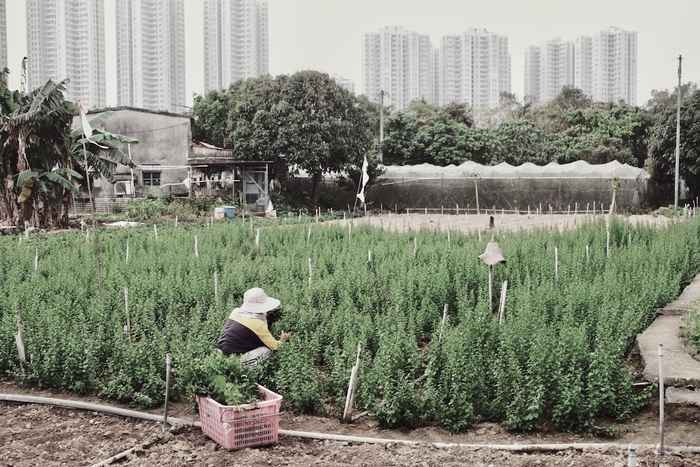Praise for redundant space: planning for urban circularity - by Mendel Giezen
In the field of urban planning, traditionally, planning has also been primarily concerned with the efficient use of space through strict zoning and a clear demarcation between planned and unplanned space. Space is a precious resource and therefore should be used efficiently.
Sustainability perspective
From a sustainability perspective, efficient use of resources is also extremely important. Scarce and non-renewable elements such as metals and fossil fuels can only be used once. Therefore, development principles such as circular economy has gained traction with academics, policy makers, and (social) entrepreneurs. Resources should be used efficiently and the waste of one product should be used as the production material of a new product. Yet I will argue here that the basic premise of circularity, the efficient linking of material flows, is hindered by two factors: time and space. And therefore, a revaluation is necessary of what is often called “redundant space”.
Bounded by space and time
Since physical resource flows are bound in space and time, the linking of these flows often becomes more problematic than simply connecting the producer of a 'waste' flow to a user of that 'waste' flow. As cities are generally not planned from scratch, it would be coincidental if complementary businesses were also spatially close together. This means that space is a constricting factor and the larger the distance between the flows, the less economical attractive the linking of these flows is. Waste often requires processing to become a useful production resource and if transport costs increase the business case can rapidly deteriorate. This is why it is so important to also give more attention to the local level as connecting resources will logistically be beneficial to the development of a circular economy.
If time is added to the picture, the ambition of circularity becomes even more problematic. When one resource becomes available, it is not always needed at the same time. Circular construction is a good example. Many products of demolition can be reused for new construction or production purposes. Yet, not all resources are needed at the moment they become available, namely when demolition is taking place. This creates temporal situations where the resources are available but there is no demand, or that there is a demand but no resources are available. In a circular economy, it is clear that the invisible hand will need some help; a buffering capacity is absolutely necessary.

Redunant spaces
Thus, as the flow of resources is uncertain and space is a limiting factor, circular urban development needs spaces that can be used for buffering materials that can respond adaptively to the uncertainty in supply and demand. The increasing population pressure on cities pushes local governments towards further intensification of land use and the filling in of leftover spaces. Yet, it will be these, from an efficiency perspective, “redundant spaces” that will be crucial for establishing a circular economy. Redundancy is essential for connecting flows within the limitations of time and space. As such, this calls for a revaluation of redundant spaces. They are key spatial enablers in providing the adequate buffering capacity to circular systems and thus provide the space for the system to breathe. So for a sustainable future with a circular economy, please give praise to the redundant space.
Mendel Giezen
Mendel Giezen is Assistant Professor Sustainable Urban Development and Infrastructure. He is Academic Director of the Summer School "The Circular City: Towards a Sustainable Urban Ecosystem" that is organised together with co-directors Gerard Roemers and Nadine Galle from Metabolic. Applications are open now on www.uva.nl/summer-sustainability